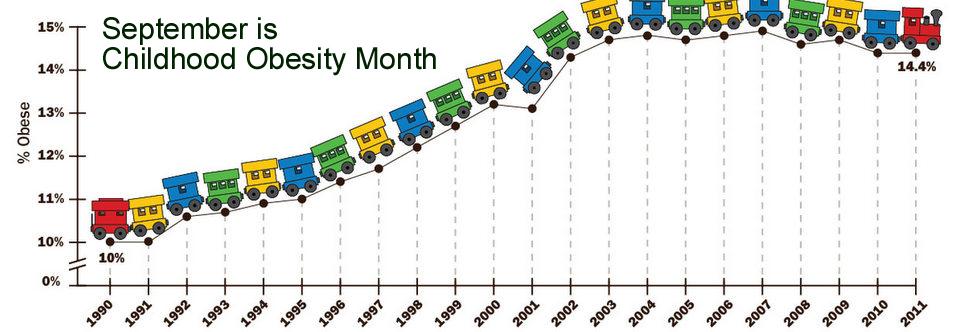What is Childhood Obesity?
Childhood obesity is a growing epidemic in the United States. It affects more than 30 percent of children, making it the most common chronic disease of childhood. This number has more than tripled since 1980.
Childhood obesity is a health issue. Today, more and more children are being diagnosed with diabetes, hypertension and other co-morbid conditions associated with obesity and morbid obesity.
A child is defined as “affected by obesity” if their body mass index-for-age (or BMI-for-age) percentile is greater than 95 percent. A child is defined as “overweight” if their BMI-for-age percentile is greater than 85 percent and less than 95 percent.
How Childhood Obesity is Measured
Obesity in children is determined by using BMI-for-age percentiles. BMI-for-age percentiles have emerged as the favored method to measure weight status in children. This method calculates your child’s weight category based on age and BMI, which is a calculation of weight and height. However, it should be kept in mind that this method, among other methods, should be used as a tool, and only a physician can best determine and diagnose weight status in your child.
Call our office to make an appointment for your child to be evaluated. In the meantime you can use this link to calculate your child’s BMI and obesity risk.





